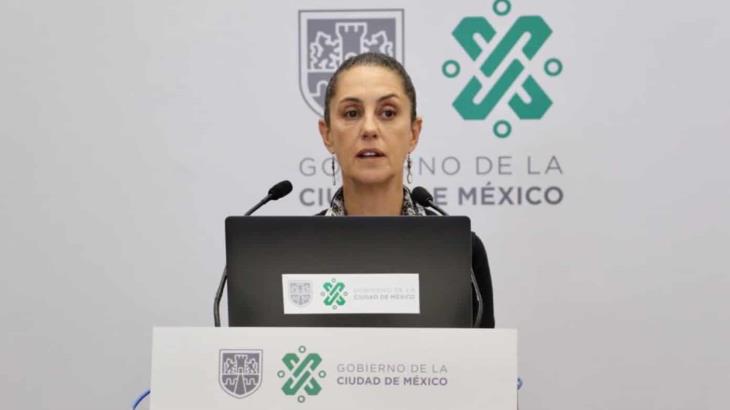Smoke filled the subway station, the tunnel turning gray in the choking haze as hundreds of passengers were evacuated from the train. More than a dozen were treated for smoke inhalation, the authorities said, after a short circuit apparently caused the wafting fumes.
The incident on Monday, which soon billowed across Mexican social media, is just the latest in a string of mishaps on Mexico City’s cantankerous subway system which have left more than two dozen people dead – and potentially thrown a major wrench into the presidential aspirations of the capital’s mayor, Claudia Sheinbaum.
Earlier this month, two trains collided between stations on the subway’s Line 3, killing one person and injuring 57. The deadly crash follows a devastating accident in May 2021, when a train overpass abruptly collapsed, killing 26 people and injuring more than 60.
In between, there have been at least a dozen other incidents on the metro, government data reviewed by the Guardian shows, including fires, flooding and train derailments.
The seemingly unending series of accidents have prompted widespread criticism of Sheinbaum’s management of the embattled transport system, which is used by millions of people every day, casting a looming shadow over her campaign to succeed President Andrés Manuel López Obrador, or Amlo, in national elections in 2024.
The mayor herself has rejected such critiques, and denied reports that she has slashed funding for the railway system.
“There has been a lot of information that isn’t real, that the budget has been cut,” Sheinbaum said during a news conference this month, noting that the subway’s budget had increased from about $775m in 2018 to nearly $1bn this year. “We are carrying out very important works in the Metro.”
But according to Mariana Campos, coordinator of the public expenditure and accountability program at Mexican research firm Mexico Evalúa, such figures don’t take into account factors like inflation.


